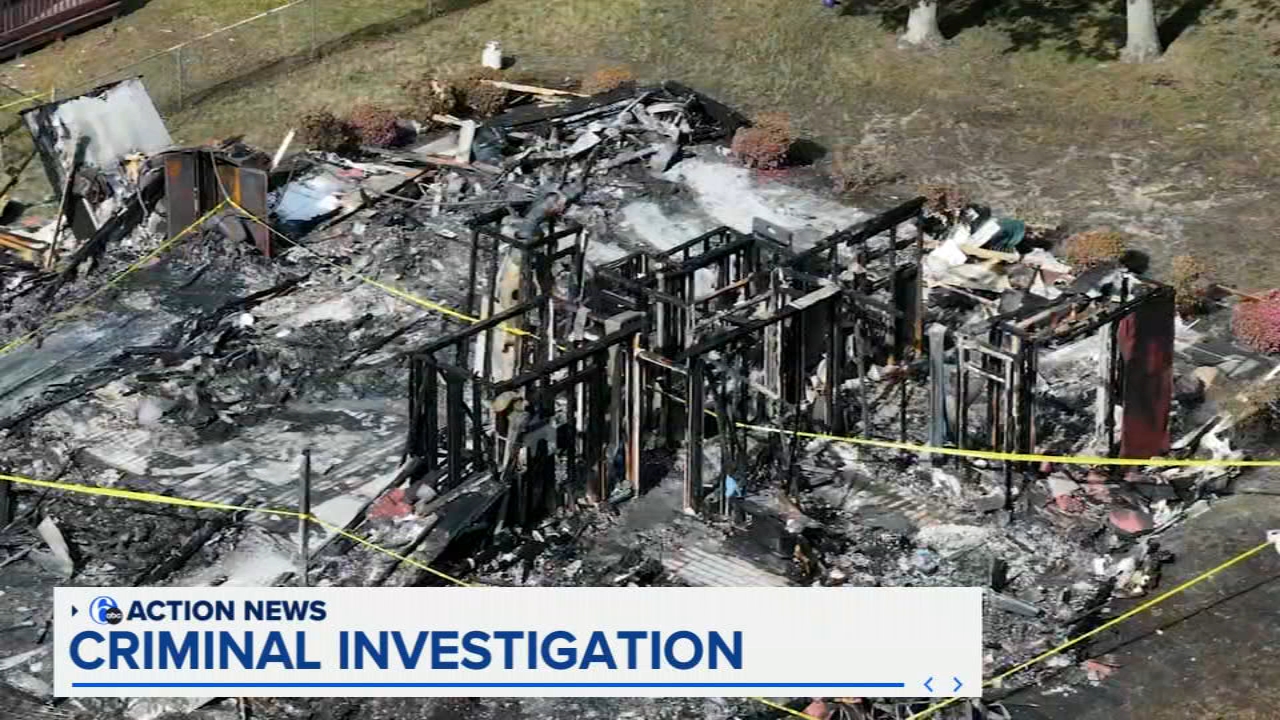Day of remembrance and reflection 40 years after the Philadelphia MOVE bombing
11 people, including 5 children, died in the incident on May 13, 1985

PHILADELPHIA (WPVI) -- It will be a day of remembrance on Tuesday as Philadelphia marks 40 years since the MOVE bombing, which left 11 people, including five children, dead.
It was on May 13, 1985, that Philadelphia police dropped a bomb on a home along Osage Avenue in Cobbs Creek, targeting the Black liberation group MOVE.

MOVE was dubbed a radical organization by police in the late seventies after several confrontations, including one that left a police officer dead.
The bombing followed an hours-long standoff after police tried to serve arrest warrants at the fortified home.
For hours, MOVE members and police exchanged gunfire. Eventually, Mayor Wilson Goode instructed the Police Commissioner Gregore J. Sambor to develop a tactical plan to remove residents from the building.
The police officers' actions later included dropping a bomb onto the residential building in order to destroy a bunker on the roof, and they were told by Sambor to let the fire burn.


However, the fire burned out of control, and the resulting blaze destroyed 61 homes and displaced about 250 people.
It wasn't until 35 years later that 11 Philadelphia City Council members finally issued an apology.
Goode has also since apologized. He said the event would remain on his conscience for the rest of his life.
A yearly procession to the bombing site is scheduled for Tuesday afternoon.
City Council voted last week to declare May 13 a day of remembrance and reflection.
The resolution was sponsored by council member Jamie Gauthier, who read the names of the 11 people who died on that day in 1985.
Mishandling of victims' remains
Controversy has erupted in recent years over the mishandling of the remains of several MOVE bombing victims, including as recently as November 2024.
RELATED: Philly releases independent report on mishandling of MOVE bombing victims' remains
That's when the remains of 12-year-old Delisha Africa were returned to her mother. It was learned Delisha's remains, along with those of her 14-year-old sister Tree, were allegedly being used for research and housed at the Penn Museum.
In 2021, the University of Pennsylvania admitted to keeping the bones of at least one victim. There was also a box of remains discovered at the city of Philadelphia's medical examiner's office. The remains of victims were also being used at Princeton University.











